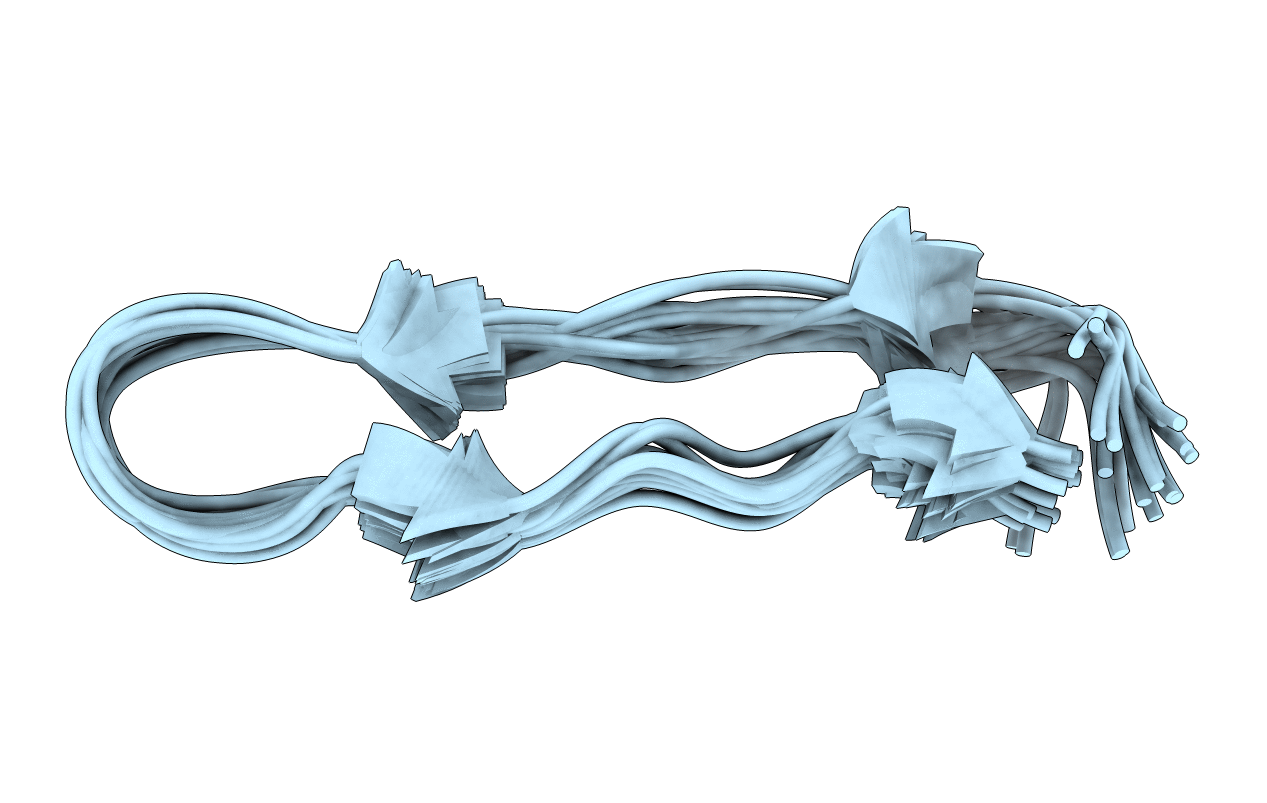
Deposition Date
2005-08-24
Release Date
2005-09-06
Last Version Date
2024-11-13
Entry Detail
Biological Source:
Method Details:
Experimental Method:
Conformers Calculated:
50
Conformers Submitted:
20
Selection Criteria:
structures with the least restraint violations


